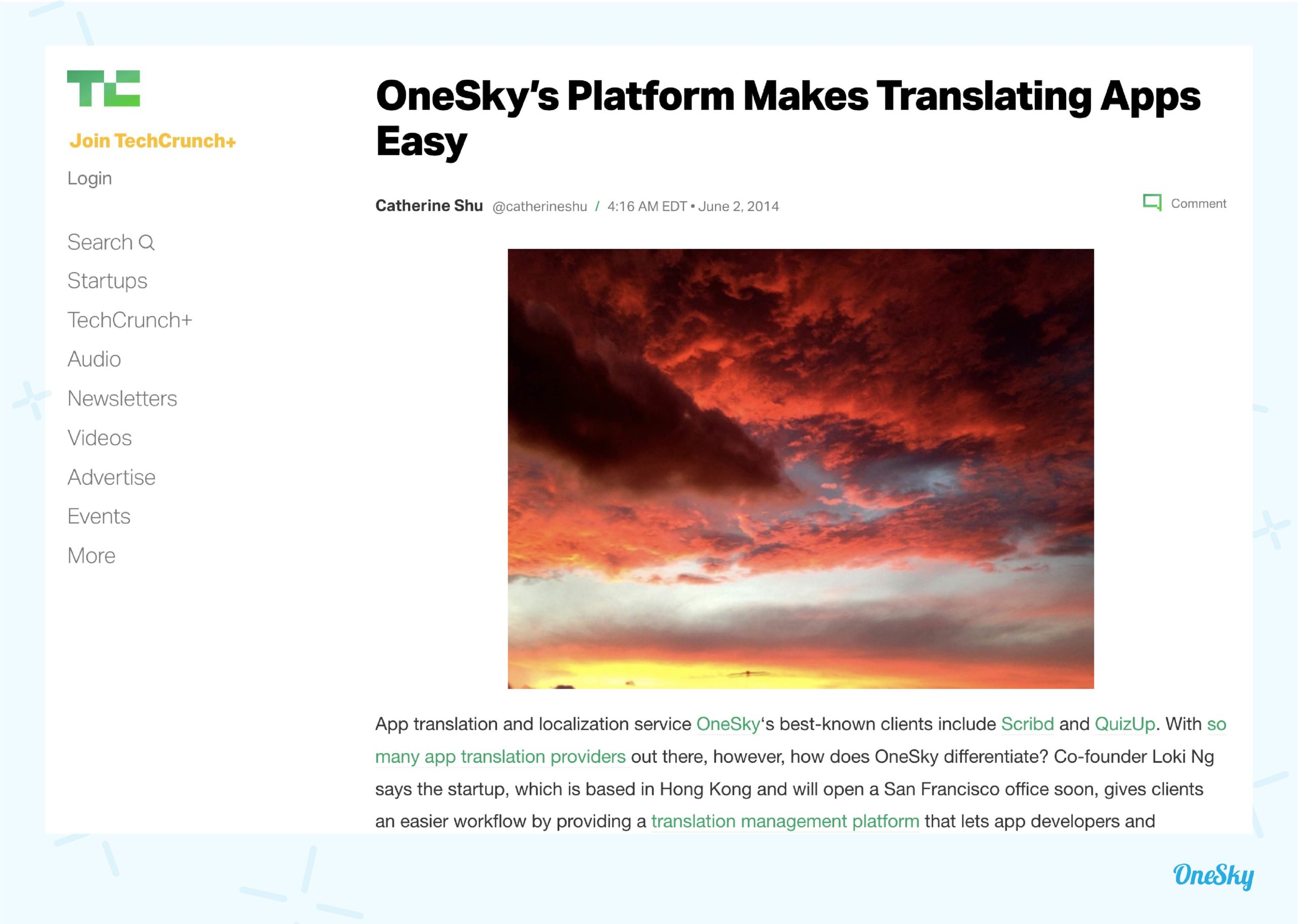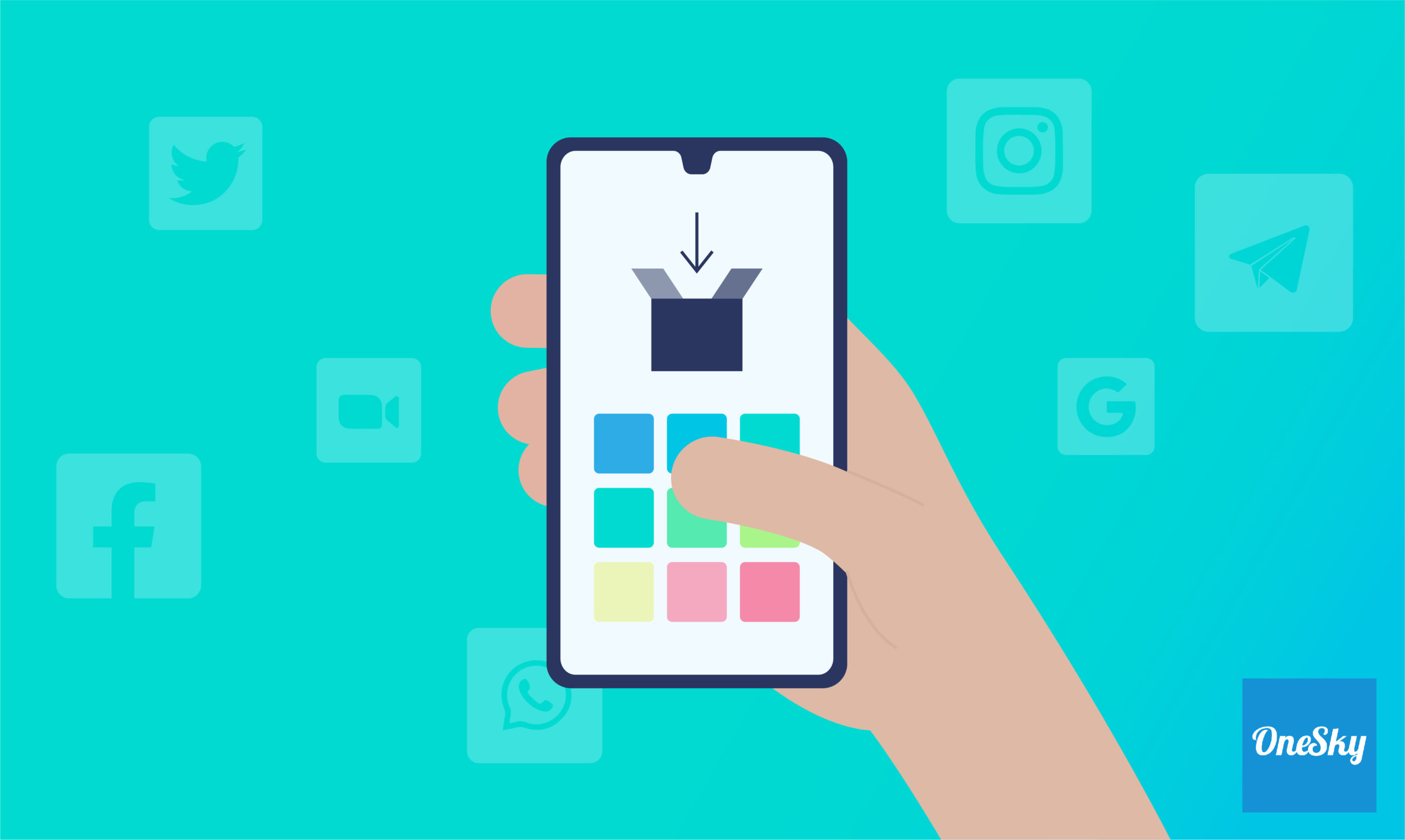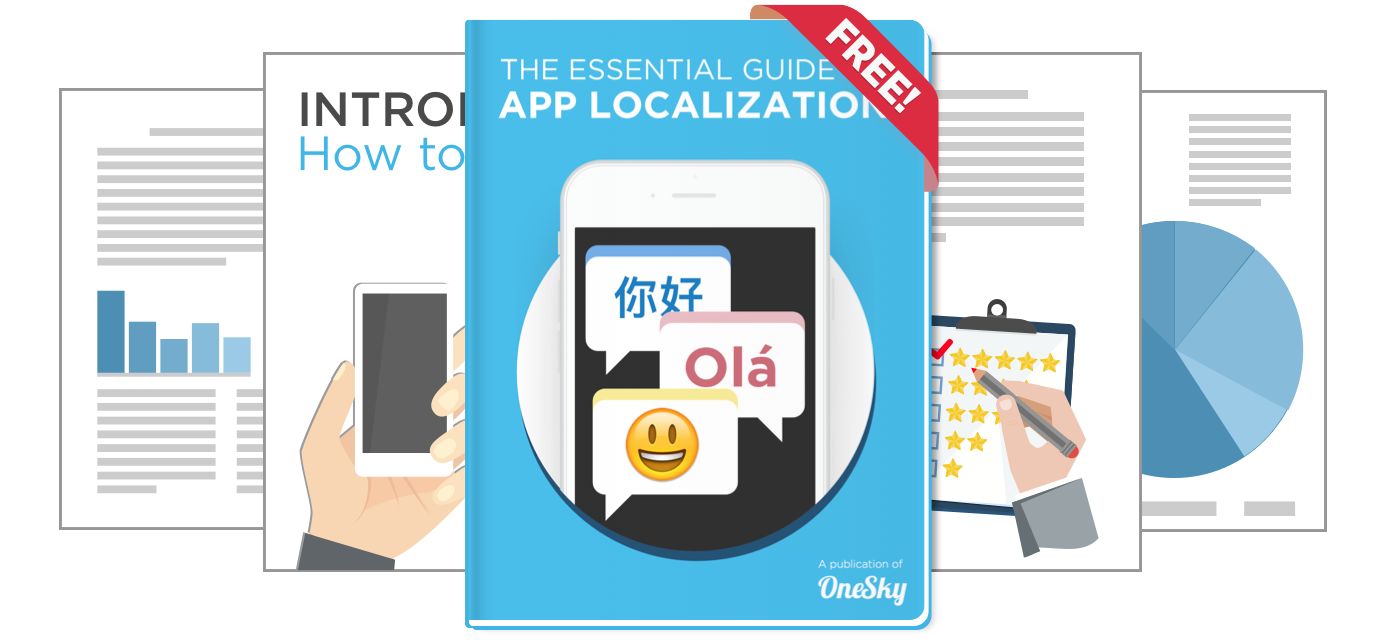How to Increase App Downloads: 15 Smart Tactics
When you spend significant time and resources on building a mobile app, you always hope that a decent number of people will at least try your product. Unfortunately, convincing people to hit the “Install” button can be surprisingly hard.
The good news is that there are many proven ways to increase app downloads.
Some are pretty obvious, like paying for ads on social media. But as a smart product manager or startup founder, you know about these options already.
In this post, we’re going to look at some of the lesser known but highly effective playbooks that have earned millions of downloads for top apps.
15 Ways to Get More Mobile App Downloads
Whether you are seeking your first hundred users or trying to reach five figures, these tried and tested methods should help you reach your goals. Just don’t tell your competitors…
1) Reach More Users With App Store Optimization
Most people discover new apps through Apple’s App Store or the Google Play Store.
Being picked as an Editor’s Choice is obviously the best form of promotion available here. But that isn’t totally under your control.
What is under your control is your app listing. App store optimization, or ASO, is the process of making your page as accessible and inviting as possible.
In practical terms, that means adding the best possible keywords, composing a catchy title, writing a compelling app description, and uploading eye-catching screenshots.
Many apps that struggle for downloads are weak in at least one of these areas. If you want to improve your numbers, make sure to study the listings of your biggest competitors and do some research on what your ideal user is likely to search for.
It’s also important to adapt your listing for each region. Each language has its own keywords, for example. Services like OneSky can assist you here.
2) Expand Your Target Audience Through App Localization
One of the great opportunities provided by the App Store and Google Play Store is that you can reach users around the world. However, people are not going to download an app that they can’t understand.
Translation can help you reach out to people in other parts of the world. But if you really want to see traction, you need to go one step further.
Localization is about adapting your whole app for different languages, cultures, and locations. The process includes translation, along with content and design optimization. It can even cover your listing.
Good localization strategy should help you unlock new audiences around the world. Just as importantly, people who download your app in these new regions will enjoy a better user experience — leading to more positive reviews and word of mouth referrals.
If you want to get this process right, you will probably need to work with localization experts. With OneSky, you get access to over 1,000 specialists via our user-friendly platform.
Learn more:
- App/Mobile App Localization: The Ultimate Guide
- AI Localization: Mastering Global Reach with Best Practices
Want to learn more about this strategy? There’s a ton of great information in our free ebook, The Essential Guide To App Localization.
3) Launch a Website (or Improve Your Existing One)
As with any online product, your app really should have its own website. It’s just the ABCs of digital marketing.
The main purpose should be discoverability. Your website doesn’t need to be fancy, but you do need to concentrate on SEO (search engine optimization).
Just as people tend to search for new apps within app stores, they sometimes do the same via Google and other search engines. Creating a website gives you the chance to capture these potential users, and present the best features of your app within a digital space that is fully under control.
On your landing page, be sure to add attention-grabbing images, a teaser video, and a strong call to action that links to your download page.
4) Use Content Marketing to Engage With Potential Users
From photo editors to financial management, there are many apps that can be promoted effectively with good content marketing.
This could mean adding blogs to your app website, creating video tutorials on YouTube, or even starting your own podcast series.
Evernote has owned this strategy over the years. The note-taking giant regularly shares the results of user surveys, and other content on the topic of productivity.
Relevant content will always attract users, and you can insert an elevator pitch for your app within every post, video, and episode. As a secondary benefit, pushing out content on a regular basis will give your website a major SEO boost.
5) Take Over Social Media
Of course, not everyone enjoys reading blogs. In some cases, sharing content on social media may prove a more effective strategy for driving downloads.
Take the example of Calm, an app that helps people to relax and meditate. The team behind the app regularly shares content on Instagram — from soothing images and advice on managing stress, to heartfelt videos from happy users.
People who stumble upon these posts might not even be looking for a meditation app. But if the content resonates with them, they may visit Calm’s bio link and end up downloading the app.
Social media channels like Facebook, Twitter, and LinkedIn provide an even more direct way to encourage downloads, because you can include links within your posts.
6) Get Some Influencers on Your Team
Of course, not every startup has the expertise or resources to build a massive following. But that doesn’t mean you should give up on social media.
If you want to introduce your app to a brand new audience, consider working with some social media influencers.
These individuals devote hours every week to engaging with their followers. If you can offer a sponsorship package, many will be more than willing to talk about your app and even demonstrate it in social posts.
The key with this tactic is choosing the right influencers to partner with. While big names can help you reach millions of people, you may find greater success when working with influencers who have a smaller, but highly-engaged audience, built around a particular interest.
7) Create a Demo Video
There’s a reason why studios release trailers for big movies: it’s a great way to get people interested.
By creating a demo or promo video for your app, you can help potential users to get a flavor for your product before they commit. Your video can highlight the best features, explain the more complex functionality, and show what the app looks like in action.
This strategy is particularly important if your app is on Android. While Apple’s App Store only supports screenshot images, the Google Play Store can handle video previews.
Localization Platform & Translation Service – OneSky Demo
8) Prompt Users to Leave Ratings and Reviews
When any potential user stumbles upon your app, there is a fair chance they will take a glance at your rating. The most discerning might even dive into your user reviews, in search of feedback from other customers.
Both areas of your app listing can have a major impact on the number of downloads you earn. In addition, app stores tend to promote apps that provide a good user experience.
The best way to improve your ratings and reviews is by asking your existing users. Many apps have a pop-up prompt that appears after the app has been used for so many hours, or opened a set number of times.
This not only ensures that more people will leave a rating or review, but it also means you’re more likely to get input from folks with a positive opinion. This kind of “social proof” is powerful stuff.
9) Encourage Referrals
No form of marketing can match the power of referrals. People are always much more easily swayed by friends than they are by ads and articles — particularly if your app has a social aspect.
While a few of your happiest users may spread the word unprompted, most people need an incentive to make the effort.
This is why many apps have a referral system, where users are rewarded when their friends and family download the same app and create an account. Just adding this feature alone can seriously increase your downloads.
10) Upgrade Your Branding
With 1.96 million apps on iOS and 3.48 million on Android, there is a fair chance that your app will have some direct competition. To stand out from the crowd, you need to ensure your branding is absolutely on point.
The first thing any potential user sees in search results is your app icon and app name. If your download numbers are disappointing, it might be because you have a weakness in one or both of these areas.
App icons need to be eye-catching and colorful, but sleek enough to suggest a high-quality product. Meanwhile, the name needs to explain what your app does. This title line also plays a part in search, so be sure to add a useful keyword or two.
![]()
11) Play With Pricing to Leverage App Charts
Aside from search and Editor’s Choice collections, the other main area where users tend to discover new apps is through the app charts. If your app makes it into the top ten, it’s going to get a lot of positive attention.
For paid and freemium apps, reaching these dizzy heights can seem like a remote possibility. But there is a way.
Many developers use limited-time price drops to encourage a flurry of downloads within a short space of time. In turn, this pushes the app towards the top of the charts, exposing more people to the product.
Even if you’re only making $0.99 on all purchases within a given week, you might end up with greater long-term returns thanks to broader brand awareness.
12) Switch to a Freemium or Paymium Model
With so many free apps available nowadays, it can be difficult to convince users to part with their cash up front at all. For this reason, many top developers now use a freemium pricing model.
Obviously, making your app free to download and try is going to increase your downloads. But just as importantly, the freemium model can generate good revenue and profit in many app categories.
If you’re not quite ready to give users a free taste of your product, there is a third option: paymium. This is where users pay a small fee for a “lite” version of your app, with the option to upgrade via an in-app purchase or separate download.
13) Make Friends in the Press
Creating a buzz around your product is a lot easier when you can pitch to a ready-made audience. And the crazy thing is, you can actually get someone else to do the hard work for you.
News sites and special interest blogs are always interested in writing about innovative new products. You just need to pitch to writers, and include a newsworthy press release.
Some tech publishers, like TechCrunch, will even write about your business if you raise money or launch a new feature. Just one article can be enough to send thousands of new users to your download page.

14) Make Use of Affiliate Marketing
Even if you don’t manage to secure free press coverage, there are other ways to increase your exposure.
The idea behind affiliate marketing is that any site that links to your app will get a small commission when a reader goes on to download or purchase your product.
The sum for each individual click is usually quite small. But blogs with thousands of readers can earn good monthly revenue from such schemes. In return, your app page should receive a lot of hits.
15) Add Some Social Features
Sometimes, just the social aspect of an app can be enough to encourage people to refer their friends.
Games like Words with Friends and Clash of Clans are obvious examples, but it also holds true for apps in health and fitness (Strava), entertainment (YouTube), food (Tasty), and many other categories.
So, if you want to boost your downloads, it’s definitely worth thinking about social functionality. It’s usually quite easy to add, as well.
Build a Global User Base With OneSky
Of the many playbooks mentioned here, localization perhaps offers the greatest potential return on investment. If you get it right, you have the opportunity to land millions of new users in a few weeks.
With OneSky, localizing your app couldn’t be easier. Our end-to-end platform lets you import content in a variety of formats, or through our API.
We have over 1,000 translators and localization experts ready to work on your project, and our translation management system offers advanced features like translation memory. Best of all, prices start at just $0.04 per word.
Sign up for a free trial account today to see what OneSky can do for your app!
Read more:




 Written by -
Written by - 




 Written by
Written by 


